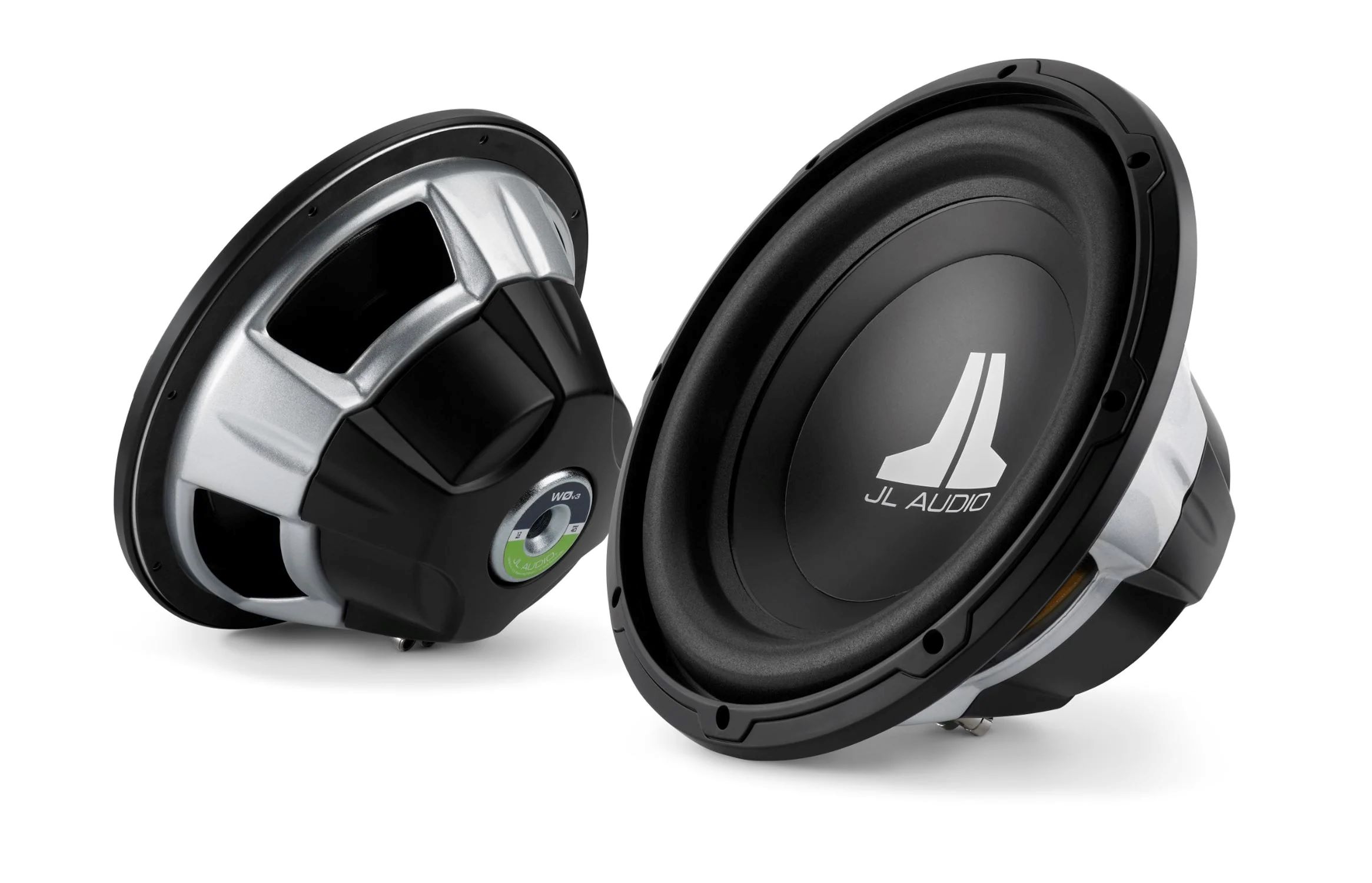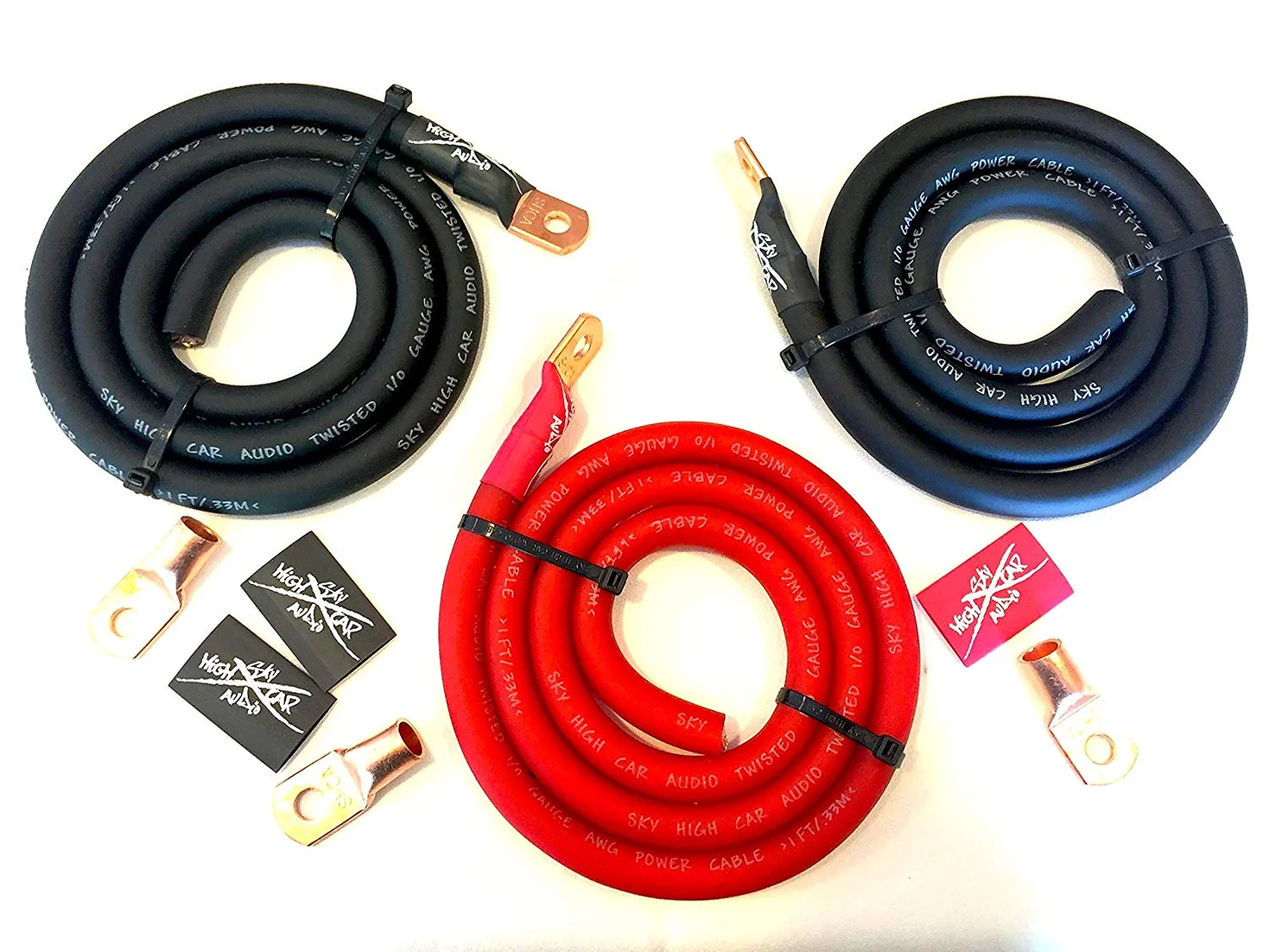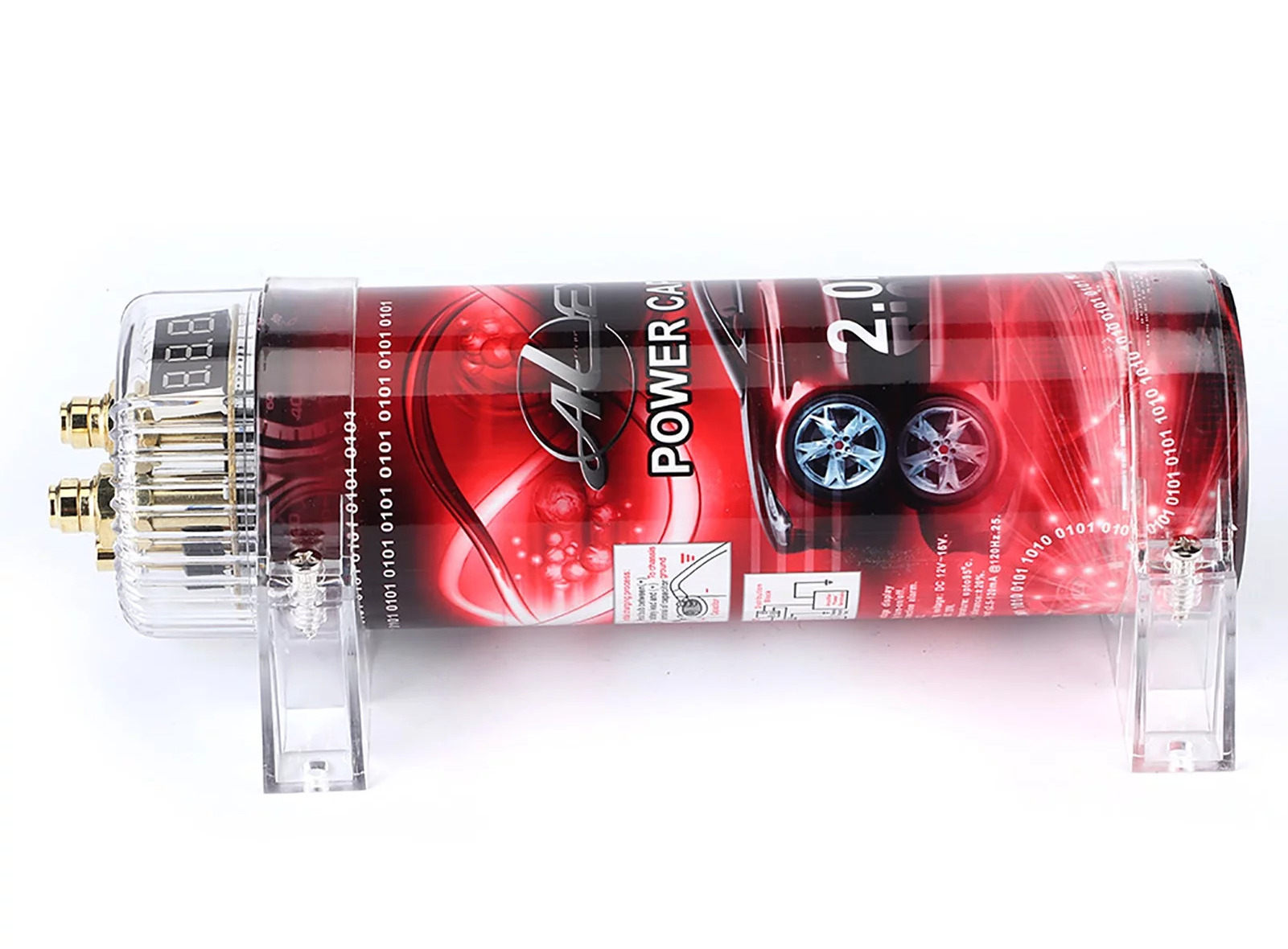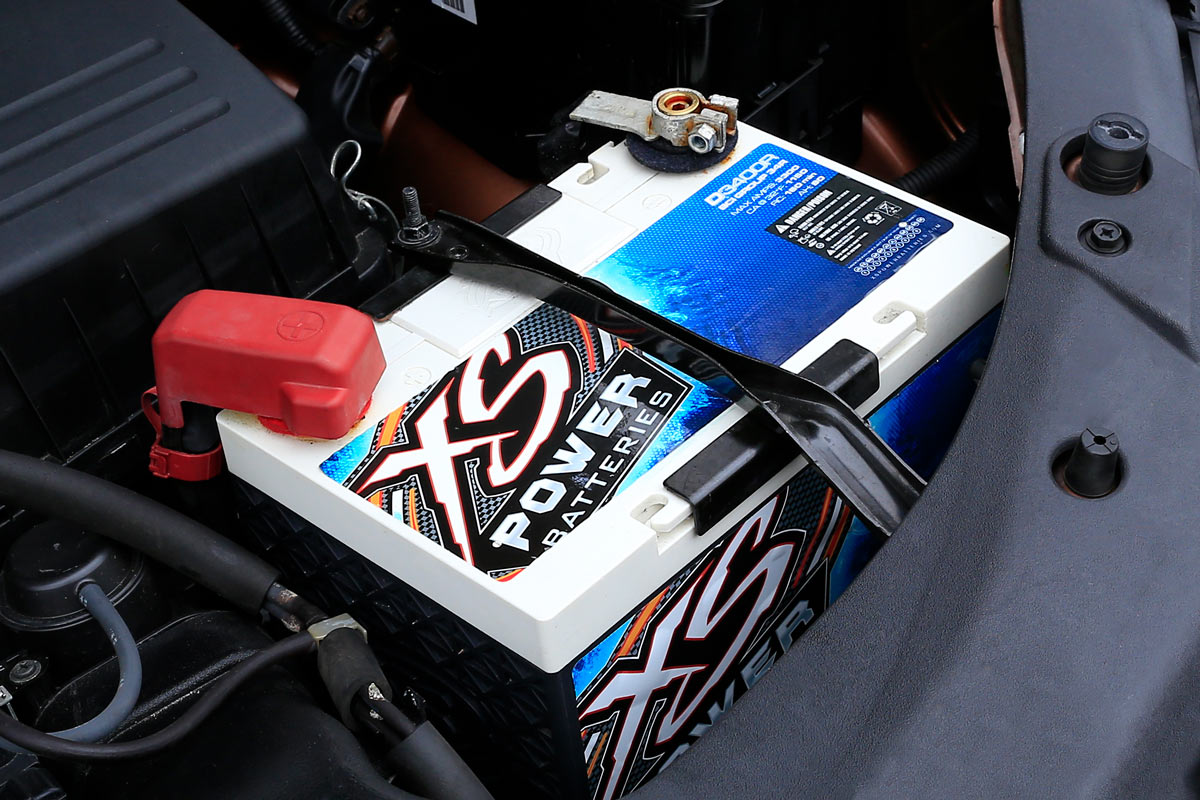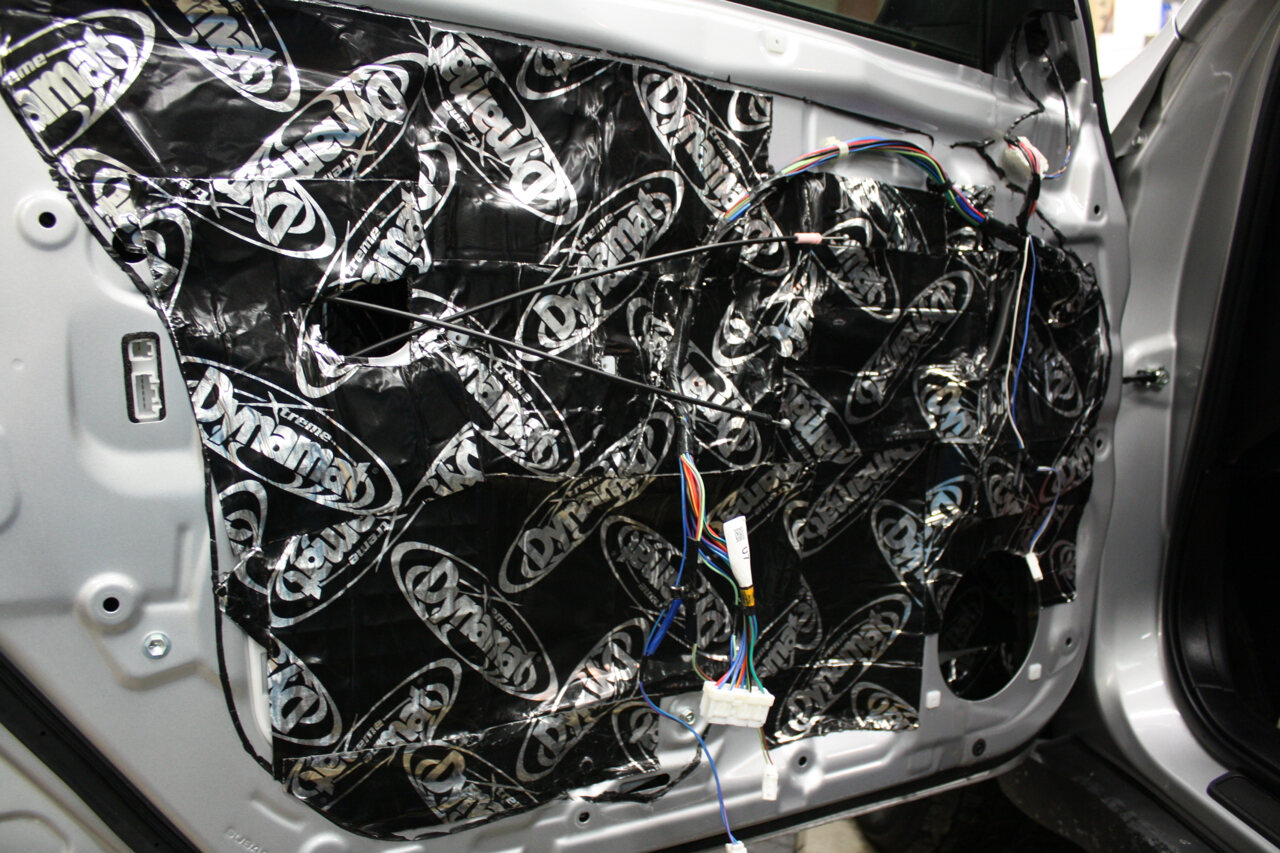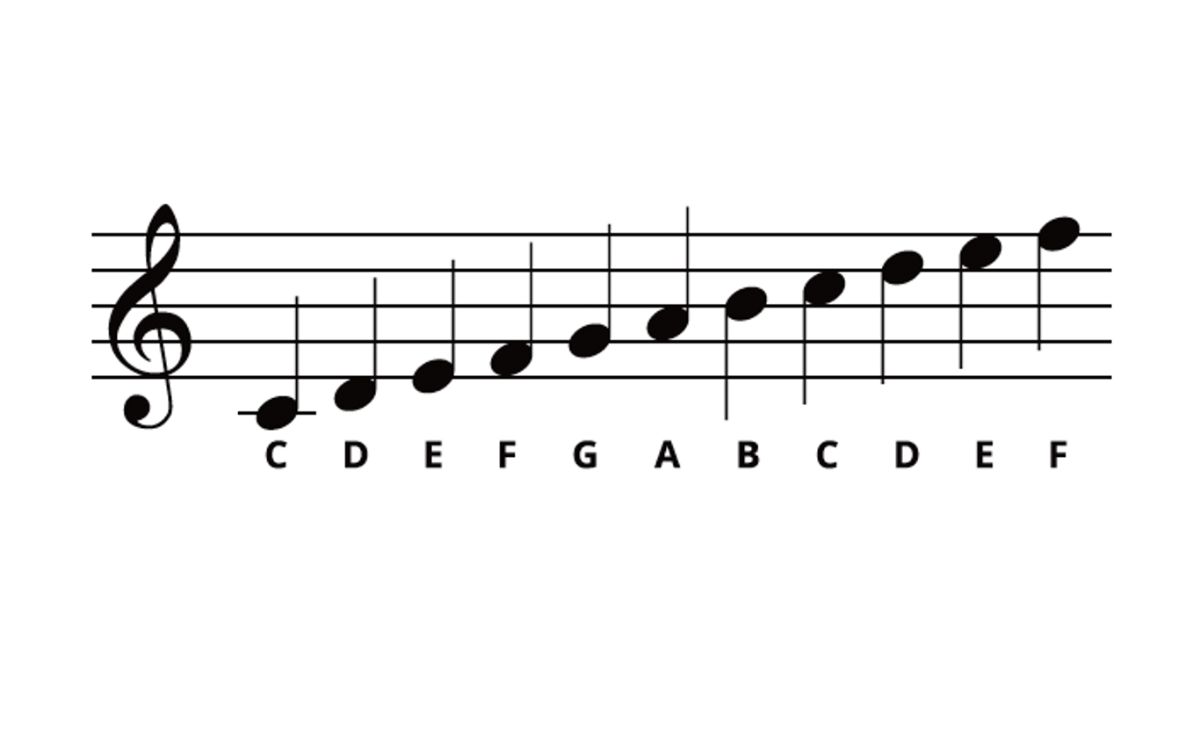Home>Devices & Equipment>Car Audio>What Is A Line Driver In Car Audio


Car Audio
What Is A Line Driver In Car Audio
Published: February 6, 2024
Discover what a line driver is in car audio and how it enhances your audio system. Explore the benefits of using a line driver for superior sound quality and increased volume.
(Many of the links in this article redirect to a specific reviewed product. Your purchase of these products through affiliate links helps to generate commission for AudioLover.com, at no extra cost. Learn more)
Table of Contents
Introduction
Welcome to the world of car audio, where enthusiasts strive to achieve the best sound experience on the road. Upgrading your car’s audio system can be a thrilling endeavor, but it comes with its fair share of challenges. One crucial aspect of car audio that often goes overlooked is the role of a line driver.
A line driver is an essential component in any car audio setup, helping to optimize the audio signal before it reaches the amplifier. It acts as a buffer between the head unit and the amplifier, ensuring that the signal remains strong and free from distortion. In this article, we will explore the definition of a line driver, its purpose in car audio, and the benefits it brings to your sound system.
If you’re serious about achieving the best possible sound quality in your car, knowing how to maximize the performance of your audio system is key. A line driver can make all the difference, allowing you to unleash the full potential of your speakers and amplifier.
So, let’s dive into the world of line drivers and discover why they are an essential component in every car audio enthusiast’s arsenal.
Definition of a Line Driver
Before we delve into the role of a line driver in car audio, let’s start by defining what exactly a line driver is. In simple terms, a line driver is an electronic device that amplifies the voltage of an audio signal to a level suitable for optimal performance.
The audio signal produced by the head unit of your car’s audio system is typically weak and susceptible to external interferences. As the signal travels through the cables to the amplifier, it can degrade, resulting in a loss of overall sound quality. This is where a line driver comes into play.
A line driver takes the weak audio signal and boosts its voltage level, ensuring that the signal remains strong and uninterrupted throughout the audio system. It acts as a buffer between the source unit and the amplifier, enhancing the signal strength and minimizing any potential distortion or noise that may occur along the way.
It’s important to note that a line driver differs from a preamplifier or a preamp. While preamps also amplify the audio signal, they typically offer additional features such as tone control and equalization. In contrast, a line driver focuses solely on boosting the signal strength, without any control over the audio’s tonal qualities.
Now that we have a clear understanding of what a line driver is, let’s explore its purpose in car audio systems and why it is an essential component to consider when upgrading your sound system.
Purpose of a Line Driver in Car Audio
The primary purpose of a line driver in car audio is to ensure that the audio signal retains its integrity and quality as it travels from the head unit to the amplifier. It serves as a bridge between these two components, optimizing the signal for optimal performance. Here are a few specific purposes of a line driver in car audio:
- Signal Boost: One of the main functions of a line driver is to amplify the voltage of the audio signal. The weak signal produced by the head unit may not be sufficient to deliver the desired audio quality. By boosting the signal strength, a line driver ensures that the audio reaches the amplifier with ample voltage, resulting in improved sound clarity and dynamics.
- Safeguard Against Signal Loss: As the audio signal travels through the cables, it is susceptible to degradation and interference. A line driver helps combat signal loss by providing a robust buffer between the head unit and the amplifier. This prevents any loss of signal strength and ensures that the audio does not suffer from distortion or other unwanted artifacts.
- Noise Reduction: In a car environment, there can be various sources of noise, such as engine noise, electrical interference, or electromagnetic radiation. A line driver incorporates noise reduction techniques to suppress and eliminate these unwanted noises, resulting in a cleaner and more focused audio signal.
- Maintain Impedance Matching: The impedance of the audio system components, including the head unit and the amplifier, needs to be matched for optimal performance. A line driver helps maintain proper impedance matching by ensuring that the signal levels are compatible between the components. This ensures efficient power transfer and prevents any loss of audio fidelity.
Overall, the purpose of a line driver in car audio is to enhance the signal quality, minimize potential signal loss and interference, and ultimately deliver a superior audio experience for the listener. It acts as a vital link in the audio chain, optimizing the signal before it reaches the amplifier for amplification and eventual playback through the speakers.
Benefits of Using a Line Driver
Using a line driver in your car audio system can bring several significant benefits, improving the overall sound quality and enhancing your listening experience. Here are some key benefits of using a line driver:
- Improved Signal Clarity: By boosting the voltage of the audio signal, a line driver helps to minimize any potential loss or degradation that may occur during transmission. This results in cleaner and more defined sound reproduction, allowing you to hear details in the music that may have been previously hidden or masked.
- Enhanced Dynamic Range: With a stronger signal, a line driver allows the amplifier to work more efficiently, delivering a wider dynamic range. This means that you’ll experience greater contrast between soft and loud passages in music, resulting in a more immersive and engaging listening experience.
- Reduced Noise and Interference: A line driver incorporates noise reduction features that help to minimize external interference and reduce background noise. This results in a quieter audio signal, allowing you to enjoy your music with greater clarity and without distractions from unwanted sounds.
- Optimized Power Transfer: Proper impedance matching is crucial for efficient power transfer in a car audio system. A line driver helps maintain the impedance levels between the head unit and the amplifier, ensuring optimal power delivery and preventing any loss of audio fidelity.
- Flexible Signal Level Control: Some line drivers offer adjustable signal level controls, allowing you to fine-tune the output to match your specific audio preferences. This gives you greater control over how your music sounds, allowing you to tailor the audio to suit your personal taste.
- Compatibility with Various Audio Systems: Line drivers are compatible with a wide range of car audio systems, whether you have an aftermarket head unit or a factory-installed stereo. They can be seamlessly integrated into your existing setup, allowing you to enjoy the benefits of improved signal quality regardless of your system configuration.
Overall, using a line driver in your car audio system can greatly enhance the overall sound quality, providing you with a more immersive and enjoyable listening experience. Whether you’re a casual listener or a dedicated car audio enthusiast, the benefits of using a line driver are undeniable.
How Does a Line Driver Work?
To understand how a line driver works, let’s take a closer look at its internal components and the processes involved in optimizing the audio signal:
1. Input Stage: The line driver starts by receiving the audio signal from the head unit. This input stage typically includes a buffer circuit that isolates the line driver from the head unit, protecting it from any potential electrical noise or interference.
2. Amplification Stage: Once the audio signal is received, the line driver amplifies its voltage level. This amplification stage involves using high-quality operational amplifiers (op-amps) to boost the signal while ensuring minimal distortion or noise. The level of amplification can often be adjusted to match the specific requirements of your audio system.
3. Filtering and Equalization: Some line drivers may incorporate additional features, such as filtering and equalization. These features help to remove any unwanted frequencies or adjust the tonal balance of the audio signal. However, it’s important to note that not all line drivers offer these capabilities, as their primary focus is on signal amplification.
4. Output Stage: Once the audio signal has been amplified and processed, it is sent to the amplifier for further amplification and playback through the speakers. The output stage of a line driver is designed to provide a clean and robust signal to the amplifier, ensuring optimal signal transfer and minimizing any potential signal loss or degradation.
In essence, a line driver takes the weak audio signal from the head unit, boosts its voltage level, removes any unwanted noise or interference, and prepares it for amplification by the amplifier. By optimizing the signal in this way, it helps to preserve the integrity and quality of the audio, resulting in improved sound clarity, definition, and overall performance.
It’s important to note that the exact working mechanism of a line driver may vary slightly between different models and manufacturers. However, the overall goal remains the same—improving the audio signal before it reaches the amplifier to achieve the best possible sound quality in your car audio system.
Types of Line Drivers
When it comes to line drivers, there are different types available in the market, each offering its own unique features and capabilities. Understanding the different types can help you choose the right line driver for your car audio system. Here are some common types of line drivers:
- Single-Channel Line Driver: As the name suggests, a single-channel line driver is designed to work with a single audio channel, typically used for mono or bridged amplifier setups. It amplifies the signal from one source, ensuring optimal voltage levels and signal quality.
- Multi-Channel Line Driver: A multi-channel line driver is capable of working with multiple audio channels, usually two or four. It amplifies and processes the signals from each channel independently, providing improved signal quality and flexibility for multi-channel car audio systems.
- Active Line Driver: An active line driver incorporates built-in amplification, allowing it to boost the audio signal and provide additional voltage gain. Active line drivers are ideal for situations where the audio signal is particularly weak or where long cable runs are involved, as they can compensate for signal loss and maintain optimal signal strength.
- Passive Line Driver: In contrast to an active line driver, a passive line driver does not have built-in amplification. It serves as a buffer between the head unit and the amplifier, ensuring signal integrity and impedance matching. Passive line drivers are typically used in systems where there is already sufficient signal strength and amplification capability.
- Adjustable Line Driver: Some line drivers offer adjustable signal level controls, allowing you to fine-tune the output voltages according to your preferences. This flexibility can be helpful when integrating different audio components or when seeking to achieve a specific balance between channels.
It’s important to select a line driver that aligns with your specific requirements and the configuration of your car audio system. Consider factors such as the number of channels you need, the level of amplification required, and any additional features that may enhance your audio setup.
By understanding the different types of line drivers and their capabilities, you can make an informed decision and choose a line driver that best suits your car audio needs.
Factors to Consider When Choosing a Line Driver
Choosing the right line driver for your car audio system is essential to ensure optimal performance and sound quality. Here are some important factors to consider when selecting a line driver:
- Compatibility: Ensure that the line driver is compatible with your car audio system. Consider factors such as the number of audio channels, the voltage requirements, and the type of connections needed to integrate the line driver seamlessly into your setup.
- Amplification Level: Determine the level of amplification you require for your audio system. If your audio signal is already strong, a passive line driver may be sufficient. However, if you need to boost the signal significantly, an active line driver with adjustable gain levels would be more suitable.
- Signal-to-Noise Ratio (SNR): A line driver with a high SNR ensures a clean and low-noise signal. Look for line drivers with SNR specifications that meet your audio quality expectations, as a higher SNR will result in better overall sound performance.
- Build Quality: Consider the build quality of the line driver, as this will impact its durability and longevity. Look for line drivers with robust construction and high-quality components that can withstand the demands of a car environment.
- Additional Features: Determine if there are any specific features you require, such as adjustable signal level controls or built-in equalization. These additional features can provide more control and customization options for your audio system.
- Budget: Determine your budget for a line driver, as prices can vary depending on the features and capabilities offered. Set a realistic budget and compare different options to find a line driver that offers the best value for your investment.
It’s important to research and read reviews to gather information about different line drivers. Consider consulting with car audio experts or enthusiasts who can provide recommendations based on your specific needs and preferences. By carefully considering these factors, you can select a line driver that complements your car audio system and helps you achieve the optimal sound quality and performance you desire.
Installation and Usage of a Line Driver
Installing and using a line driver in your car audio system is a relatively straightforward process. Here are the steps to install and effectively utilize a line driver:
- Locate the Line Driver: Choose a suitable location for the line driver. It should be easily accessible and within reach of the head unit and amplifier. The ideal placement is often near the amplifier or close to the input connections of the amplifier.
- Connect the Cables: Connect the audio cables from the head unit to the input of the line driver. Use high-quality RCA cables for optimal signal transmission. Then, connect another set of cables from the line driver’s output to the input of the amplifier.
- Power Connection: Some line drivers require a power connection, so be sure to check the specific requirements of your line driver. In most cases, you will need to connect the line driver to a power source, such as the vehicle’s battery or a designated power wire from the head unit.
- Adjust Gain and Settings: Depending on your line driver, you may have gain control or other settings that allow you to adjust the signal level. Fine-tune these settings according to your preferences and the requirements of your audio system. Be mindful of avoiding excessive amplification that may lead to distortion.
- Test and Fine-Tune: Once the installation is complete, test the audio system to ensure everything is functioning as desired. Pay attention to any distortion, noise, or imbalance in the sound. If necessary, make further adjustments to the gain and settings on the line driver to achieve the best audio performance.
Using a line driver is generally quite straightforward. Once installed, the line driver will automatically enhance the audio signal and improve the overall sound quality of your car audio system. It acts as a crucial link between the head unit and amplifier, optimizing the signal to deliver a cleaner and more powerful sound.
Remember that proper installation and setup are key factors in maximizing the benefits of a line driver. If you are unsure about the installation process or encounter any difficulties, it is always recommended to seek assistance from a professional car audio installer.
Common Misconceptions About Line Drivers
When it comes to line drivers in car audio, there are several misconceptions that can lead to confusion or misunderstandings. It’s important to clarify these misconceptions to have a better understanding of what line drivers can and cannot do. Here are some common misconceptions about line drivers:
- Line Drivers Boost Power: One common misconception is that line drivers increase the power of your car audio system. In reality, line drivers primarily amplify the voltage of the audio signal, not the power. They ensure the signal remains strong and free from distortion, but they do not directly increase the power output of the amplifier.
- Line Drivers Fix Speaker Distortion: While line drivers can enhance the audio signal, they cannot fix distortion caused by damaged or low-quality speakers. Line drivers can improve the clarity and strength of the signal, but if your speakers are already distorted, upgrading them is necessary to achieve better sound quality.
- Line Drivers Are Necessary for Every System: Line drivers are beneficial in certain situations, such as when the audio signal is weak or there are long cable runs. However, they may not be necessary for every car audio system. If your system already has sufficient signal strength and the desired sound quality, a line driver may not provide significant improvements.
- Line Drivers Compensate for Poor Source Quality: Some believe that line drivers can compensate for a low-quality source unit or music files. While line drivers can enhance the signal, they cannot fundamentally improve the quality of the source material. The overall sound quality will still be limited by the source unit and the quality of the audio files being played.
- Line Drivers Solve All Audio Issues: Line drivers can certainly help optimize the audio signal, but they cannot fix all audio issues on their own. If you’re experiencing problems such as ground loop noise, electrical interference, or improper speaker placement, addressing these issues directly will be necessary for a complete solution.
Understanding and dispelling these misconceptions can help you make informed decisions when it comes to incorporating a line driver into your car audio system. While line drivers have their advantages, it’s important to have realistic expectations and consider other factors that contribute to overall sound quality.
Conclusion
A line driver is a crucial component in any car audio system, playing a significant role in optimizing the audio signal between the head unit and the amplifier. It boosts the voltage of the audio signal, enhances signal clarity, reduces noise and interference, and ensures optimal power transfer. By using a line driver, you can achieve improved sound quality, enhanced dynamic range, and a more immersive listening experience.
It’s important to remember that line drivers are not a cure-all solution for audio issues, and their effectiveness depends on the specific needs of your car audio system. Factors such as compatibility, amplification level, signal-to-noise ratio, and budget should be considered when selecting a line driver.
Installing a line driver is a relatively straightforward process, and adjustments to the gain and settings may be necessary to achieve the best audio performance. However, it’s important to note that line drivers are not a substitute for addressing other audio issues, such as speaker quality or source material.
In conclusion, a line driver serves as a vital link in the car audio chain, ensuring optimal signal strength, clarity, and power transfer. Understanding its purpose, benefits, and common misconceptions can help you make informed decisions in integrating a line driver into your car audio system, ultimately enhancing your audio experience on the road.


